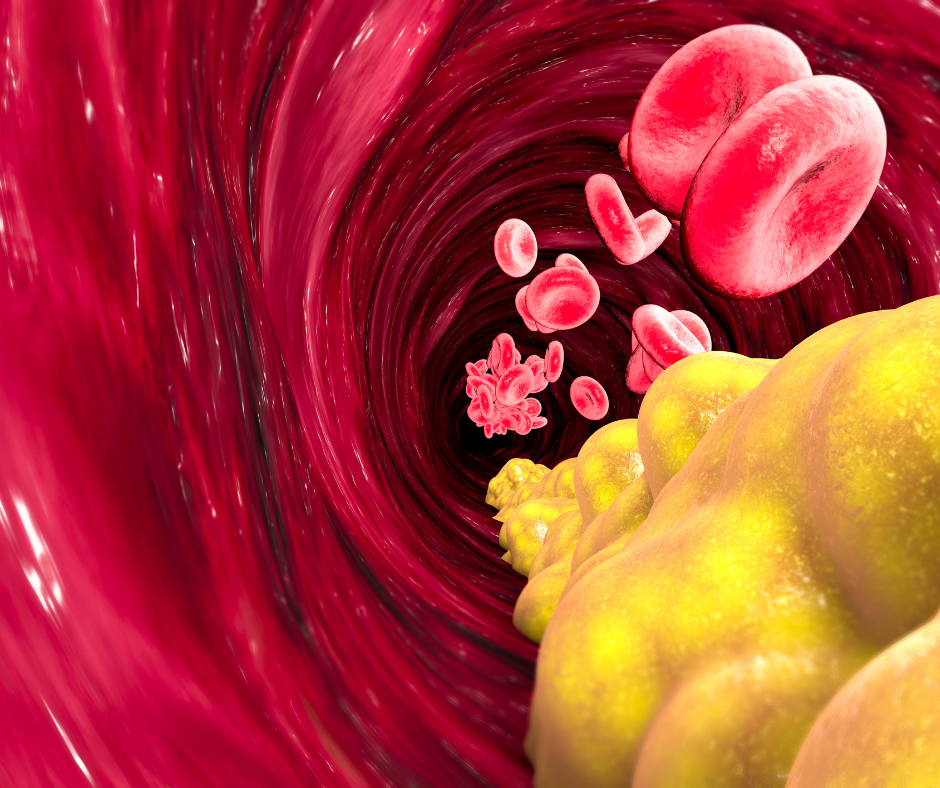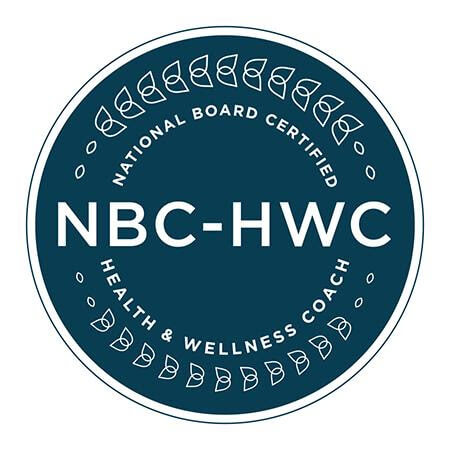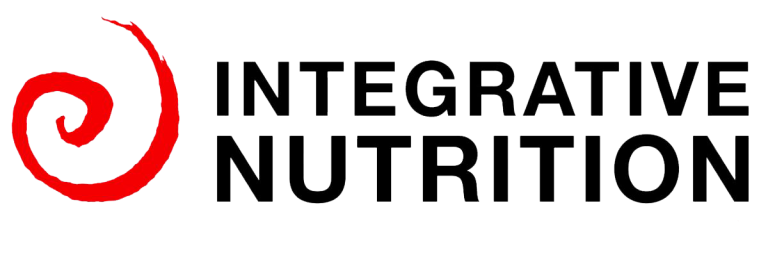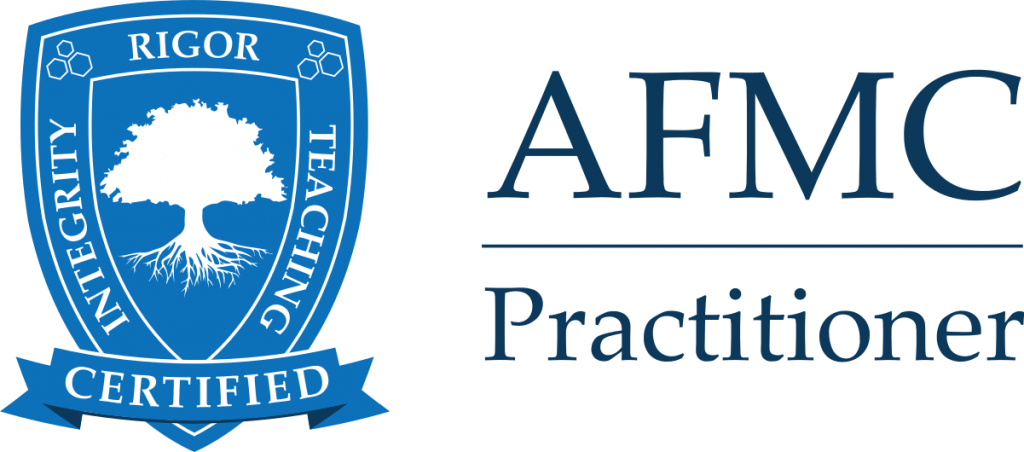I would like to talk about cholesterol because I feel a lot of people assume that cholesterol is bad for us and it has been given a bad name. In reality, it’s very important for our health and longevity. It plays a crucial part in cognitive function, cell membrane integrity and sex hormone production.
80% of Cholesterol is produced in the liver and the intestines, the remaining 20% comes from food. Out of the 20%, only 40% is absorbed by the body. Therefore, a very small amount is coming from food. What we need to do is pay attention to the actual source where cholesterol is made and that is, the “liver” because it is here that the liver helps control the amount of cholesterol in the blood.
But first, let me talk about cholesterol. There are 3 markers that we are very familiar with and that is LDL, HDL and Triglycerides. LDL and HDL are the two most relevant to heart health. HDL is described as the good and LDL is the bad cholesterol. We need to stop using these terms because they give injustice to what LDL does for us.
I would like you to imagine this scenario. The liver produces cholesterol then packs it up and loads the boat that carries LDL where it travels along the bloodstream going to different parts of the body to be dropped off to do its job. The brain loves cholesterol because it is very important for cognitive function, memory and to be able to think clearly. Every cell in our body needs cholesterol to keep it nice and flexible. Our sex hormones are made from cholesterol and can be impacted heavily if we don’t have enough cholesterol and if we do not have the adequate nutrients to make the conversion from cholesterol to pregnenolone, the grandmother of all sex hormones as I like to call it, and this is dependent on Zinc and the essential fatty acids (walnuts, oily fish, flax, chia and omega 6(borage, evening prime rose and black current).
As the boat moves along in the bloodstream it may find a rupture somewhere in the blood vessel/artery due to some free radicals roaming around. Free radicals are oxygen molecules that have a molecular structure of two oxygen molecules bound to one another to produce O2. When they are single “O “they become highly oxidized and burn anything in their pathway (blood vessel tissues) hence they need plenty of antioxidants that come from colorful plants (fruits and vegetables) to donate an oxygen molecule back so that it binds to the free radicals so that we get O2 once again and it becomes less harmful. LDL which acts as a bandage comes rushing to the rescue to stop this rupture- it may need assistance to do this so it calls in a whole team and they manage to stop this rupture that may have been caused by not having enough antioxidants in a tissue wall of the artery. This bandage eventually dries up and causes a scab. As we know, scabs take time to heal and in the meantime, take up space in the vessel wall and become a little tight, hence you no longer have a smooth path for the boat and the rest of the nutrients to flow through. The blood pressure gets affected and needs to pump harder to get through, causing the scab to get irritated and peel off. The LDL comes to the rescue once again putting on the bandage to stop the rupture and the scab gets harder and with time solidifies to be what’s called Plaque buildup “atherosclerosis”.

Recap:
The plaque is due to a rupture due to not having enough antioxidants from your diet to keep the vessel wall healthy. LDL comes to the rescue and help stop this rupture and caused a scab as a result, which did not heal fast enough causing a plaque. So, who is to blame? LDL for coming to the rescue to help or your diet that contains a lot of refined sugar, bad oils and not enough antioxidants in the first place to keep the vessel walls nice and healthy?
HDL. Known as the good cholesterol acts as the garbage collector and circulates in the blood vessel and collects everything that is dumped into the bloodstream to take it back to the liver to be detoxified and broken down by phases 1 and 2 of the liver to be excreted out of the body through urine, stool or sweat. Now, if the liver is not functioning properly there will be a backup in one of these two liver phases, and it will not be able to make enough HDL to be sent out to collect the garbage and it will not be able to detoxify properly and excrete things. People with low HDL should be aware of this and think “why is my HDL low?”. Well, maybe it is because they need to take care of their liver and eat more of the foods that the liver loves, like the brassica family (cauliflower, broccoli, brussels sprouts, bok choy, etc.) and clean out their diet to help improve the health of their liver to function more optimally.
Triglycerides- another form of cholesterol that is checked when you do a blood test. When you eat your body breaks down carbohydrates into sugar. It will take what it needs and will store the rest in the form of glycogen and whatever else remains it will try to get rid of it because it does not want it lying around in the bloodstream and becoming toxic. Therefore it will store it as triglycerides for a source of energy for later use.
If we see that this marker is elevated – this should be an eye-opener to take care of our health because it is an indication that we have too many refined carbs in our diet and this will lead to metabolic syndrome which is when we will see an elevation in other markers as well as LDL, total cholesterol, fasting insulin, elevated blood pressure and this can cause heart issues, obesity, and many other diseases. We need to work on eating healthier and introduce more physical activity in our daily life.
But what happens if our triglycerides are low and we have all the other symptoms of metabolic syndrome like, LDL and total cholesterol are elevated, fasting insulin elevated above 6, fat surrounding our belly and maybe slightly elevated blood pressure? Then this is an indication that your liver is backed up and needs a lot of help to support it to get it back to being healthy once again. It is a sign the body is giving you to wake up before it is too late.
Now for the interesting part on how to look at blood tests and interpret them correctly.
It is very important to look at things together not in isolation. We look at these 3 together. We must run a full cholesterol panel to understand the story as I explained above. We must run a full thyroid panel (TSH, FreeT4, Free T3, TPO and TG antibodies, reverse T3) and we must look at the liver enzyme panel (ALT, AST, GGT) along with fasting insulin and your physical appearance. From this, we can get a very good understanding of what is going on.
In women, LDL and total cholesterol are elevated due to thyroid function. There is a lot of scientific research connecting these markers. Especially if everything else is normal. Can you guess where the thyroid hormones are made? IN THE LIVER! Yup, another very important role the liver plays. Do you have a sausage roll growing under your bra line.? This also is an indication of a backed-up liver.
In men elevation in LDL and total cholesterol are associated with metabolic syndrome and not thyroid. But you may say “I have a genetic predisposition and it runs in the family”. In that case, before you reach for STATINS that help lower cholesterol I would work on diet and lifestyle. I would work on liver detox and nourishing the liver with the foods it loves and some medicinal herbs. I would also look into a specific test called NMR particle size that checks for small and dense or large and fluffy particle size. This is a better indication if you should be worrying about blockages in your arteries. If you have a large and fluffy particle size, then you are safe and if you have small and dense then you should be put on medication to help control this along with taking care of your liver and lifestyle choices. If you know of anyone with elevated LDL and complain of mood issues, lack of energy and vitality then maybe they should take a deeper look at their liver!
Before I end this article, I would like to talk about statins that so many people are taking. Some do a good job at following a strict diet and lifestyle regimen to help lower their cholesterol but the majority of people take the statin and do not change anything, relying only on the statin to do the job and not owning their health to help get them off the medication. As we know long-term use has its complications and effect on other parts of the body. They continue with their old diet habits, alcohol, and little exercise routine and everyone ignores the crucial role the liver plays in all of this.
Taking stains has many side effects which I am sure those who take them are aware of. Please remember statins block the production of cholesterol, but as I mentioned cholesterol has a very important role in the body: cognitive, cell integrity and sex hormone production. In younger obese men this is a problem because although it is tackling one thing, it opens a door to other things such as infertility. When cholesterol is not being converted into the other hormones, it results in making fewer sex hormones and causes impotency and because it impacts the mitochondria, the powerhouses of the cells (they produce the energy necessary for the cell‘s survival and functioning) other side effects like, memory loss and fatigue can appear. It is very important for anyone taking statins to consider taking CoQ10, which helps boost the mitochondria. However, speak to your practitioner to get more information on this.
I hope I was able to shed some light as to why we should stop thinking of LDL as the bad guy and understand that this is the job LDL is supposed to be doing and that we need to focus on diet, lifestyle, exercise, stress reduction and self-care. Understanding the importance of our liver “the project manager” as I like to call it, and begin to nourish and give it the importance it truly deserves to tackle cholesterol the proper way and not rely on medication unless absolutely necessary.
Always looking out for you.
Small changes for a healthier “U”







